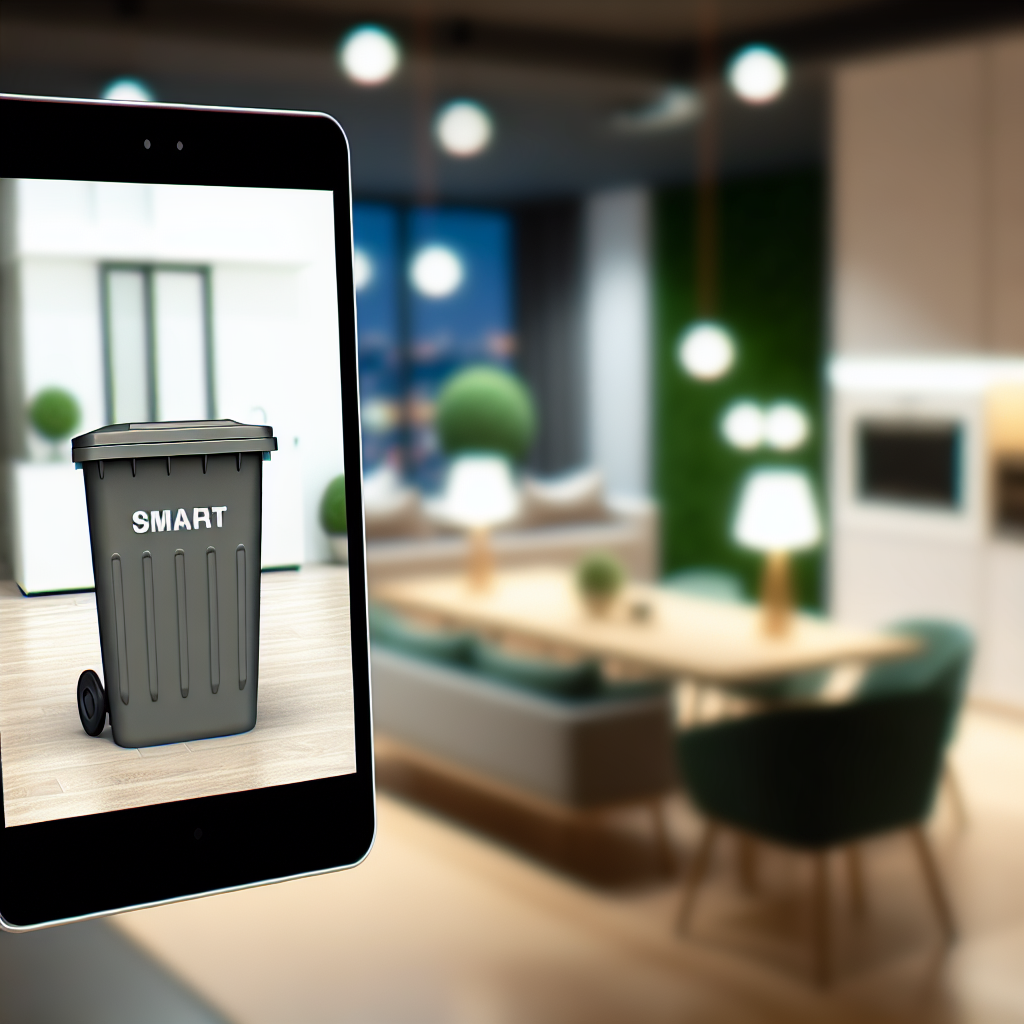In the era of smart technology and automation, DIY projects offer exciting opportunities to enhance everyday household items. One innovative project is creating a Smart Dustbin, integrating sensors and automation to make waste management more efficient and hygienic. In this article, we’ll explore how to build your own smart dustbin and its relevance in a smart house environment.
Designing and Building Your Smart Dustbin
Creating a Smart Dustbin involves integrating various electronic components and sensors to automate lid operation and monitor waste levels. The core idea is to develop a bin that opens automatically when it detects motion or a hand nearby, ensuring touchless disposal and improved sanitation — a priority in modern smart house setups.
Begin with selecting an appropriate container that suits your style and space requirements. The key components include:
- Microcontroller (like Arduino or Raspberry Pi): The brain behind the operation.
- Infrared or ultrasonic sensors: To detect motion or presence near the bin.
- Servo motor: To open and close the lid automatically.
- Power supply: Batteries or a power adapter compatible with your microcontroller.
- Connectivity modules (optional): Wi-Fi or Bluetooth modules for remote monitoring or control.
Once you gather these components, wiring and programming are vital. The microcontroller is programmed to recognize sensor signals and activate the servo motor to open or close the lid accordingly. This DIY approach allows for customization, such as setting waste level alerts or remote notifications, aligning with the broader concept of a smarthouse.
Integrating the Smart Dustbin into a Smarthouse Ecosystem
Integrating your DIY smart dustbin into a smarthouse involves connecting it with other smart devices via a home automation platform like Google Home, Amazon Alexa, or a custom IoT setup. This allows for cohesive control, such as scheduling trash collection alerts or monitoring waste levels remotely via a smartphone app.
Beyond convenience, this integration promotes a cleaner environment by reducing contact with waste and encouraging timely disposal. Additionally, the smart dustbin can be configured to send data on waste levels, optimizing waste collection routes and contributing to efficient household management.
Advanced DIY enthusiasts may incorporate features like voice control, app notifications, or even integrating waste segregation sensors for eco-friendly disposal solutions, further pushing the frontier of electrocse innovations in the household. Such projects exemplify how DIY smart gadgets can transform mundane household chores into smart, automated tasks.
In conclusion, building a Smart Dustbin DIY combines electronics, programming, and home automation principles to create a practical, hygienic, and eco-friendly household gadget. As part of a smarthouse, it exemplifies how innovative DIY projects can enhance everyday life, blending functionality with technological advancements for a smarter home environment.
